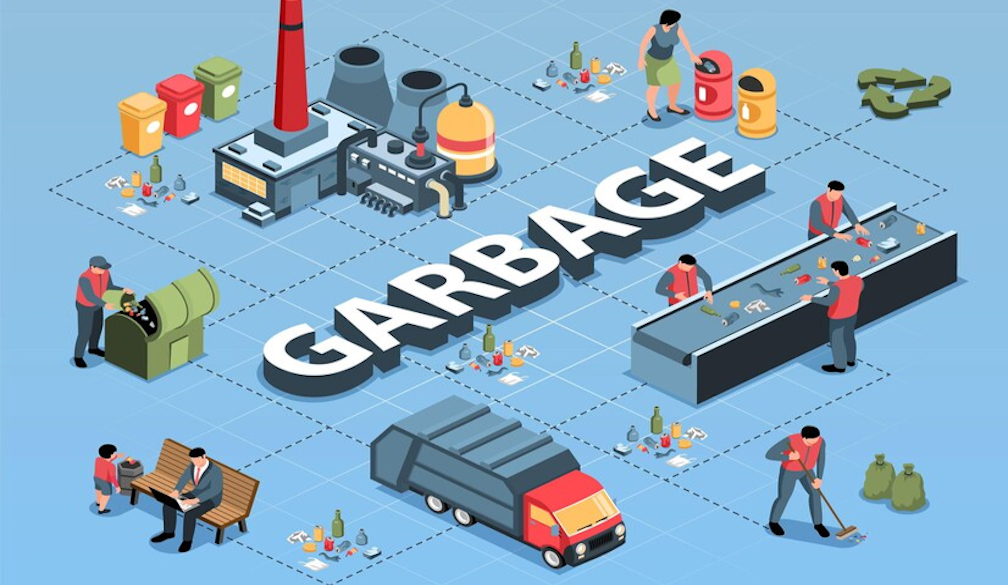A Comprehensive Guide to Rubbish Collection

Efficient rubbish collection is crucial for maintaining clean and healthy urban environments. In a bustling city like Melbourne, where the population and urban sprawl are ever-growing, effective waste management systems are indispensable. This guide delves into the intricacies of Melbourne's rubbish collection process, from curbside pick-up to the final stages of recycling, highlighting the importance of each step in creating a sustainable city.
Curbside Collection: The Starting Point
Curbside rubbish collection is the first and most visible step in the waste management process. In Melbourne, households are typically provided with three bins: a general waste bin, a recycling bin, and an organic waste bin. Each bin serves a specific purpose:
- General Waste Bin: For non-recyclable and non-compostable waste.
- Recycling Bin: For materials like paper, cardboard, glass, and certain plastics.
- Organic Waste Bin: For food scraps, garden waste, and other compostable items.
Collection schedules are well-organised, with different types of waste being collected on designated days. This system helps streamline the process and ensures that waste is managed efficiently right from the source.
Sorting and Transportation
Once the rubbish is collected from the curbside, it is transported to various facilities for sorting and processing. This step is crucial as it ensures that recyclable materials are separated from general waste, reducing the amount of rubbish that ends up in landfills.
In Melbourne, sophisticated sorting facilities use advanced technology to segregate materials. Optical sorters, magnets, and manual picking lines are employed to categorise different types of waste accurately. For instance, metals are separated using magnets, while optical sorters distinguish between various types of plastics.
The Recycling Process
After sorting, recyclable materials are sent to recycling centers where they undergo further processing. Each material type follows a distinct recycling path:
- Paper and Cardboard: These materials are cleaned, shredded, and then processed into new paper products.
- Glass: Glass is crushed and melted to form new glass products or used as a raw material in construction.
- Plastics: Different types of plastics are melted down and remolded into new items, such as packaging, textiles, or even construction materials.
- Metals: Metals are melted and recast into new metal products.
Recycling not only conserves natural resources but also reduces greenhouse gas emissions, contributing to Melbourne's environmental sustainability goals.
Organic Waste and Composting
Organic waste collected from curbside bins is taken to composting facilities. Here, it is broken down into nutrient-rich compost through natural processes. This compost can then be used in agriculture and landscaping, promoting soil health and reducing the need for chemical fertilisers.
The Role of Residents
Melbourne rubbish collection system relies heavily on the active participation of its residents. Proper sorting of waste at the household level is essential for the system to function efficiently. Residents are encouraged to:
- Follow Local Guidelines: Adhere to the waste sorting rules provided by local councils.
- Reduce and Reuse: Minimise waste by reducing consumption and reusing items where possible.
- Stay Informed: Keep up to date with changes in waste management policies and practices.
Challenges and Future Directions
Despite its efficiency, Melbourne's rubbish collection system faces several challenges, including contamination in recycling bins, illegal dumping, and the ever-increasing volume of waste due to population growth. Addressing these issues requires continuous improvement and innovation.
Innovations in Rubbish Collection
Melbourne is exploring various innovations to enhance its waste management system. These include:
- Smart Bins: Equipped with sensors to monitor fill levels and optimise collection routes.
- Public Awareness Campaigns: To educate residents about proper waste sorting and the importance of recycling.
- Circular Economy Initiatives: Encouraging the design of products with their end-of-life in mind, ensuring they can be easily recycled or repurposed.
Conclusion
From curbside collection to recycling centers, Melbourne's comprehensive rubbish collection system plays a vital role in maintaining a clean and sustainable city. By understanding and participating in this process, residents can contribute to the city's environmental goals, ensuring a greener future for all. Effective waste management is a collective responsibility, and with continued innovation and cooperation, Melbourne can lead the way in sustainable urban living.

